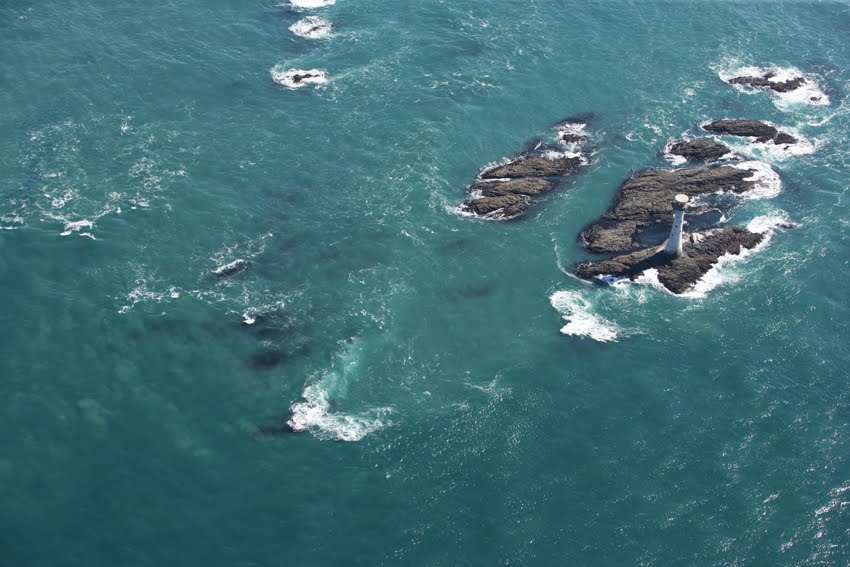“Invisible Green,” by Tung-Hui Hu
In 1772, the twenty-six-year-old violinmaker Henry Whiteside began to build a lighthouse on a pile of rocks twenty miles off the coast of Pembrokeshire, Wales, called the Smalls. His design was unusual; the light perched on top of eight oak piers like the head of a stiff-legged octopus. Rather than making a solid base, Whiteside reasoned, he would let the force of the waves pass through the structure. But when the waves did so, the living quarters swayed violently; one visitor reported that a full bucket of water was half empty by the time he left. The force of the storm made each thing—bucket, glass, stove, table—resonant; it bent the lighthouse, shaping it into an instrument of music.
“Invisible Green,” by Tung-Hui Hu Read More »
In 1772, the twenty-six-year-old violinmaker Henry Whiteside began to build a lighthouse on a pile of rocks twenty miles off the coast of Pembrokeshire, Wales, called the Smalls. His design was unusual; the light perched on top of eight oak piers like the head of a stiff-legged octopus. Rather than making a solid base, Whiteside reasoned, he would let the force of the waves pass through the structure. But when the waves did so, the living quarters swayed violently; one visitor reported that a full bucket of water was half empty by the time he left. The force of the storm made each thing—bucket, glass, stove, table—resonant; it bent the lighthouse, shaping it into an instrument of music.




